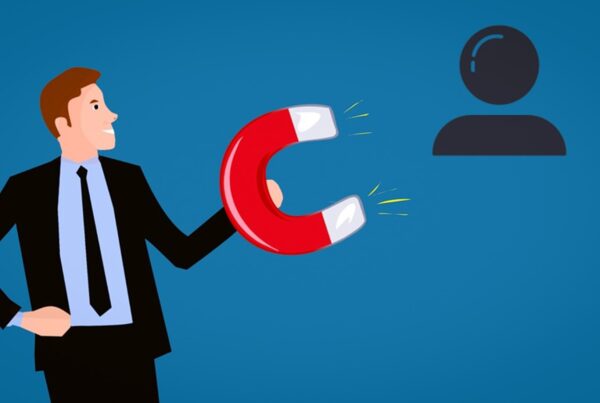
The next 10 years will be defined by how the workplace evolves and changes.
From the US to India, from Europe to Africa, employees are clamoring for new ways of working that bring them closer to their co-workers, clients, and customers.
The traditional office environment will no longer be enough, and new opportunities plus flexible life will be awarded to employees to work in a calm manner.
Below, we have compiled a list of possibilities that can happen and change the workforce method for good.
Image Credit: geralt / Pixabay
More Flexibility
Hybrid work will offer more flexibility and options. You will have more control over your schedule. Split time between home and office often yields maximum productivity.
Flexible environments
The workplace will also look different than what we know today—more open-plan offices are likely to become the norm as designers move away from cubicles in favor of collaborative spaces where people can mingle easily without feeling like they’re being watched or micromanaged by their peers.
Flexible hours and locations
If you’re tired after a long day at home, maybe it’s best not to go into work tomorrow morning? Or maybe it’d be better if your office was located somewhere else entirely? These changes won’t just affect how employees choose where their next job should be located—it also affects how companies recruit talent by making offers more appealing based on location (like free meals), gender/race diversity etcetera.
All work is project work
We are a project-oriented culture and the new norm. Work is no longer a 9-to-5 job, but rather an ongoing process of creating and delivering value to customers, clients, organizations, and society at large.
This means that your experience of work has changed dramatically over the past decade or two; now you’re always on call for projects or projects in progress—you never know when something will come up that requires your attention.
Furthermore, this shift is also impacting how we think about ourselves as employees: We’re not just employees anymore; we’re entrepreneurs who need to be constantly learning new skills or developing our existing ones so that we can help solve problems for others (and ourselves).
Talent Mobility v/s Stagnation and Complacency
Talent mobility is essential to the future of work. It will help employers find talent they need and grow their employee base, while also enabling employees to move up in their careers.
However, talent mobility also has its drawbacks: it can lead to complacency among employers who may not be able to keep up with demand for new employees or change management styles quickly enough as new technologies emerge (e.g., artificial intelligence).
Faster, Better, Simpler HR Technology
HR technology is making it easier for companies to find and hire the right people. The average time it takes to fill a role has decreased by 50 percent since 2010, according to a report from ADP.
And in many cases, companies are using advanced analytics tools such as predictive analytics or machine learning that can help predict what kind of employee will perform best at a specific job function—and then matching them with an open position accordingly.
Additionally, HR software is helping companies manage their benefits programs more efficiently: They’re able to see which employees are eligible for certain programs based on their location or specific skillsets (like whether they’re bilingual versus multilingual), so they don’t waste money providing services that aren’t necessary anymore.
New ways to pay and be paid.
In the next decade, we will be seeing a lot of changes in how we pay and be paid. The most important question is: What kind of payment structure do you want?
The options that are available now range from salary to bonus or commission. Some companies use all three approaches at once—an employee may get a base salary, then earn bonuses based on performance (and possibly even receive stock options), while others only offer one option (like being paid by the hour).
A more level playing field for all workers.
In the next 10 years, we’ll see an increase in the number of employees who are more mobile and able to work from anywhere. This means that companies are going to have to adapt their workplaces to accommodate employees’ changing needs and preferences.
Employees need ways for them to be self-sufficient, so they can take care of themselves when they’re in the office or at home. They need access to technology that allows them autonomy while also making sure they’re still connected with colleagues across time zones and countries.
Companies have already been moving towards this model: many now offer hybrid working options and flexible schedules, so employees can choose when they work best (and avoid burnout).
Technology in every sector
The workplace is changing. Technology is the key driver of this change, and it’s not just affecting how we do our jobs but also how we work together with each other in teams.
In 10 years, you’ll find yourself working on a computer screen—not at your desk or even on your phone—but somewhere else entirely: in an office space that’s connected to the rest of the world through technology. You’ll have access to applications such as Slack and Trello, flexible work hours, virtual meetings, and even personalized interactions between colleagues. This will be based on employee preferences (e-mailing someone directly instead of sending a note through third parties).
These new ways of working will allow companies like yours—whether small businesses or large enterprises—to become more efficient while also making employees happier by providing them with more autonomy.
Conclusion-
The workplace will change in the next 10 years, and we’re not sure what it will look like.
We do know that technology is going to play a huge role — but it’s not a given that all these changes are positive ones.
Also, it’s possible that some of them could lead us down a path toward more pain and suffering for workers.





